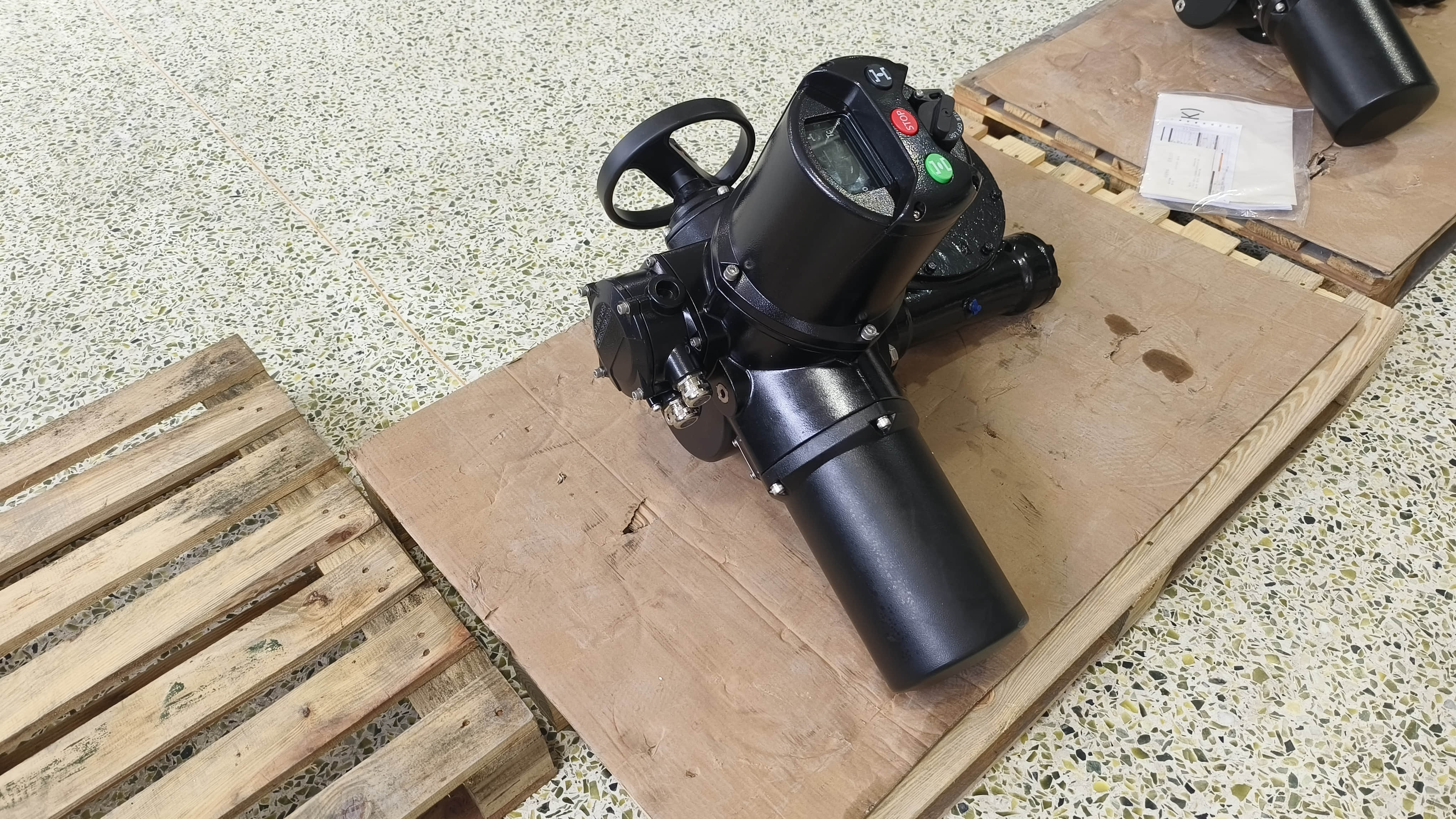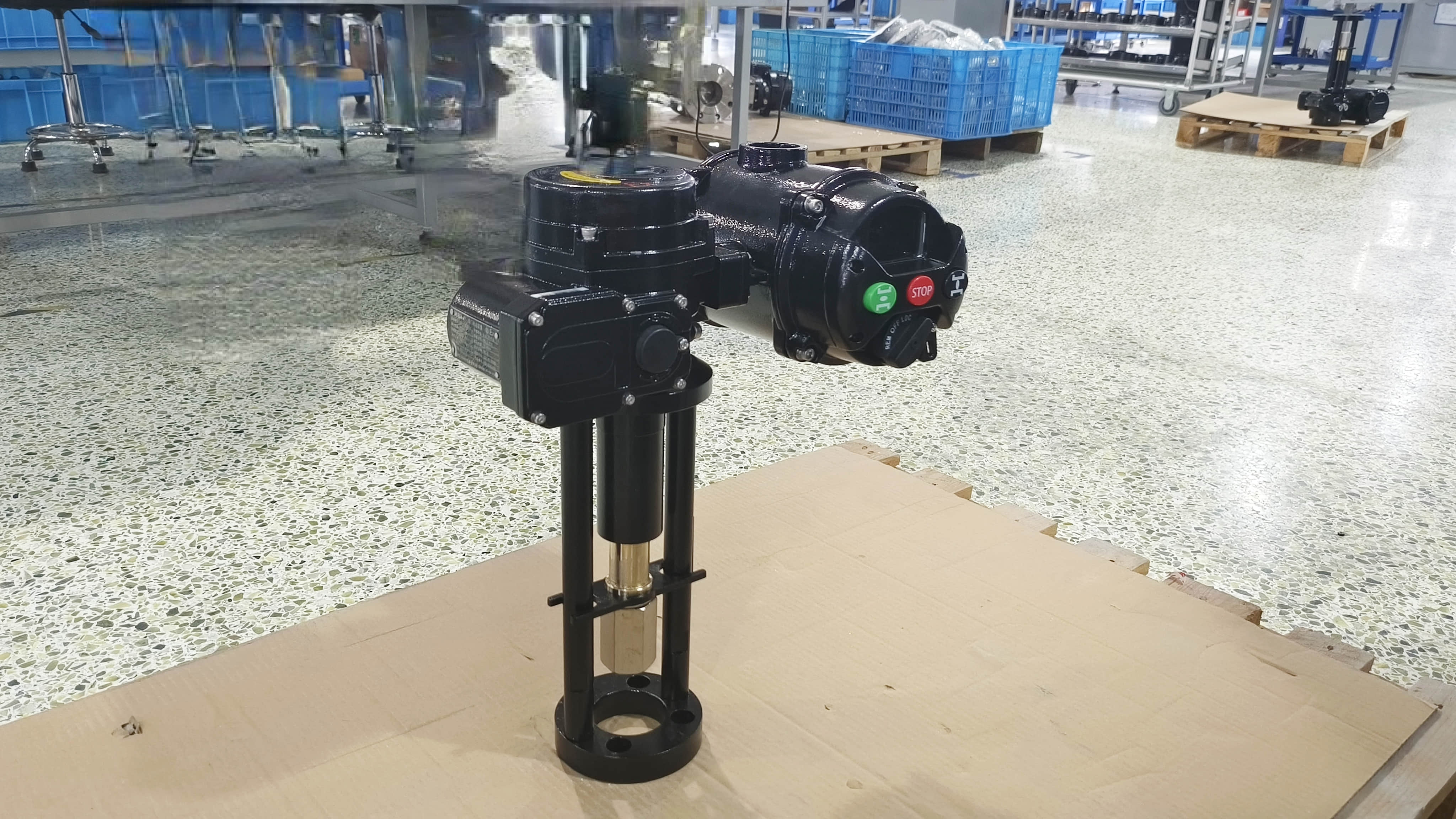
In the rapidly evolving landscape of automation and robotics, the emergence of Intelligent Integrated Actuators (IIAs) marks a significant leap forward. These devices, combining advanced sensing, control, and actuation capabilities into a single unit, are poised to redefine the efficiency and functionality of various systems across industries.

Intelligent Integrated Actuators integrate multiple components, including sensors, controllers, and actuators, into one cohesive unit. This integration allows for enhanced communication between the actuator and the control system, leading to improved responsiveness and adaptability in dynamic environments. By reducing the number of individual components required, IIAs not only streamline design and assembly but also minimize potential failure points, thereby increasing overall system reliability.

